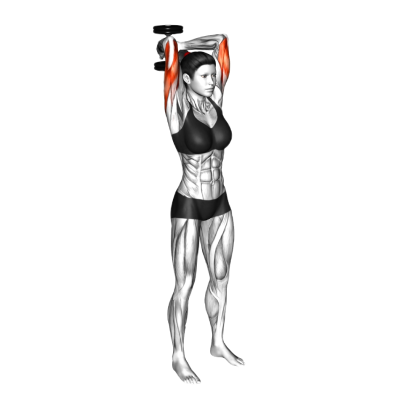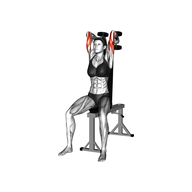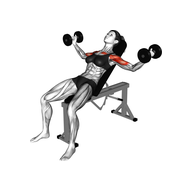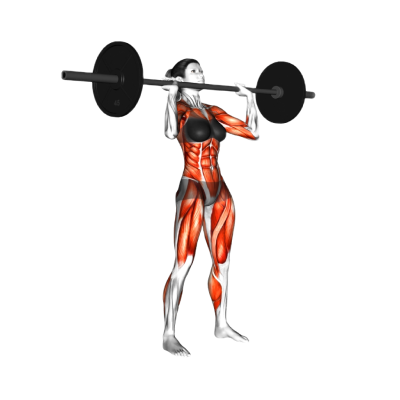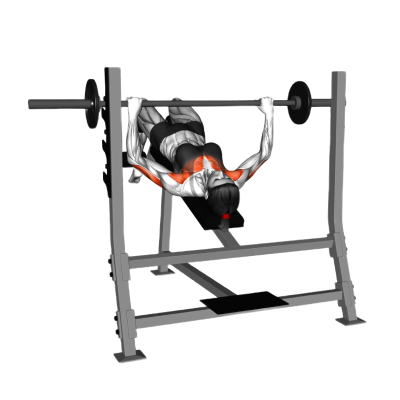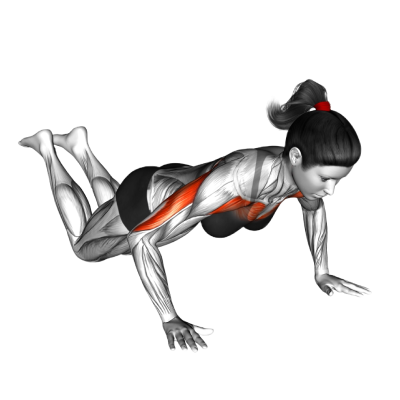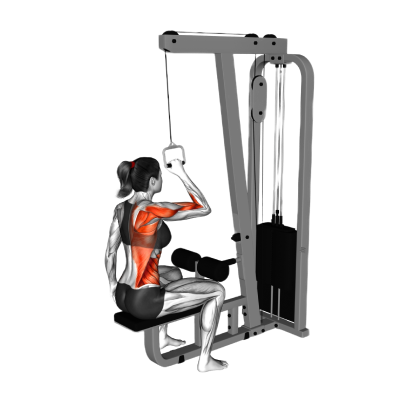What is a Dumbbell Floor Press?
The dumbbell floor press targets your chest, triceps, and shoulders using less range of motion than a traditional bench press.
Since it’s done lying on the floor, your elbows can’t drop low like they would on a weight bench. This stops you from overextending your shoulders if you have sensitive joints. You also shift more effort to your triceps and lockout strength when you lock your elbows out at the top part of your press.
The floor dumbbell press is a great bench press alternative if you’ve got shoulder problems or don’t have access to a weight bench.
How-to Do Dumbbell Floor Press
Lie flat on the floor or mat with a dumbbell in each hand. Place your feet on the floor with your knees bent.
Position the dumbbells over your chest, keeping a wider-than-shoulder-width overhand grip.
Slowly lower the dumbbells to your chest until your triceps are flat on the floor. Briefly hold.
Press the dumbbells upwards until your arms are fully extended.
Muscle Worked
Primary Muscle Groups


Chest
Your chest helps you move your arms across your body and up and down while stabilizing the shoulders

Shoulders
Your shoulders are ball-and-socket joints which connect your arms to your torso

Triceps
The triceps are the muscles on the backs of your upper armsSecondary Muscle Groups


Forearms
The forearms help you grip objects and move your hands, wrists and fingers

Lats
Your latissimus dorsi, also called the "lats," help you to move your arms and keep your shoulders stable.

Traps
Lie on the floor and place a foam roller below your traps and above your shoulder blades.Pro Tips
Elbows at 45 Degrees: When you bring your dumbbells down, make sure they stay tracking away from your body at a 45-degree angle. This position protects your shoulders and helps you engage your chest muscles to assist more easily.
Squeeze Your Shoulder Blades Together: Before you press, pull your shoulder blades in (shoulder retraction) and squeeze them together. This gives you a more stable base from which to press. Your movement will have more power and you’re less likely to hurt your shoulders since you’re keeping the movement more controlled.
Equipments
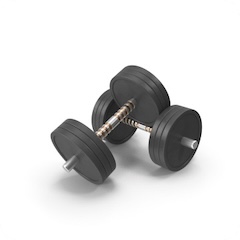
Dumbbell
Dumbbells are hand-gripped bars loaded with equal weight on both endsBenefits of Dumbbell Floor Press
Lockout Strength: Dumbbell floor presses limit your range of motion more than a bench press since your elbows can’t drop as low. This focuses the effort on the top half of the press, where many lifters struggle. It’s an excellent tool for improving your lockout strength, which is crucial in the top of this exercise. You may find it particularly useful if you’re working on bench press or overhead press improvement.
Gentler on Your Shoulders: The floor works as a built-in range limiter, so unlike in a traditional bench press it prevents your elbows from dropping too low. This can be a savior for your shoulders if you’ve had prior injuries or you’re recovering from a hurt shoulder.
Variations
The following exercises target the same primary muscles using the same equipment:
Alternatives
The following exercises target the same primary muscles using different equipment:
Warm Up & Cool Down
Warm Up
Push-Up Plus: At the top of a standard push-up, protract your scapulae (send your shoulder blades away from one another). This gets more into your chest muscles and shoulder stabilizers, so they’re ready to work with the resistance you use in a floor dumbbell press.
Band Pull-Aparts: Grab a resistance band, and pull it apart while you focus on squeezing your shoulder blades together. This activates your rear delts and upper back, improving shoulder stability and promoting better pressing mechanics.
Arm Circles: Make circles, starting from small to large to wake your shoulder joints up and increase your mobility. This is a great dynamic warm-up for your rotator cuff, which helps you press.
Cool Down
Chest Opener Stretch: Stand in a doorway and put your hands on either side of the frame, gently leaning your weight forward to stretch your chest.
Thoracic Spine Foam Rolling: Lie down with a foam roller under your upper back and roll slowly to release tension from your thoracic spine (upper back).
Child’s Pose Stretch: After your workout, kneel down and drop your hips to your heels. Crawl your arms forward, lowering your chest toward the ground to come into child’s pose. This is a good, easy stretch for your shoulders, chest, and lower back.
FAQ


Get fit with Flex
Build muscle & lose weight fast for free.
Available on iPhone + Apple Watch

